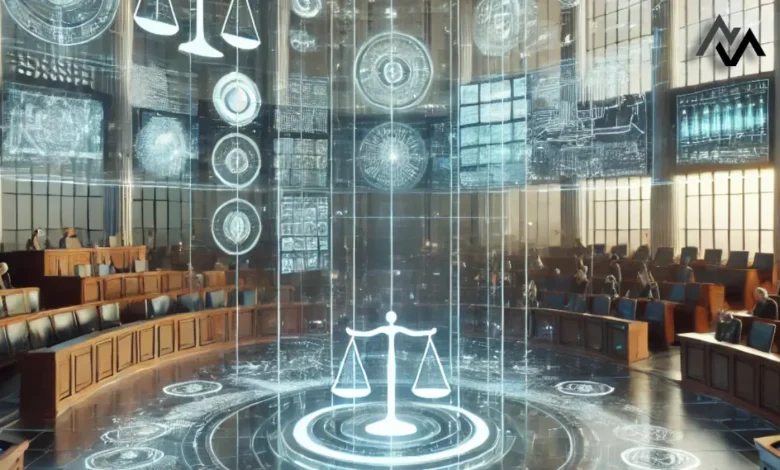Transforming Justice Systems Through Technology: A Path Forward

In an age where technology permeates every aspect of our lives, it is essential that justice systems embrace innovation to enhance their effectiveness and accessibility. The intersection of technology and justice not only holds the promise of improving legal processes but also ensures fairer outcomes for all stakeholders involved. This article explores how technology can transform justice systems, making them more efficient, equitable, and transparent.
The Need for Change
Justice systems worldwide face numerous challenges, including overcrowded courts, delayed proceedings, and a lack of access to legal resources. These issues often lead to inequities, where marginalized communities suffer the most. In this context, the integration of technology is not merely an option; it is a necessity. By leveraging modern tools and platforms, justice systems can streamline processes, reduce costs, and improve service delivery.
Innovations Driving Change
1. Artificial Intelligence (AI)
AI is revolutionizing the way legal professionals work. From predictive analytics that can forecast case outcomes to chatbots providing legal advice, AI tools are making legal services more accessible. For instance, AI algorithms can analyze vast amounts of legal data to identify patterns, helping attorneys prepare stronger cases and reduce the time spent on research.
2. Online Dispute Resolution (ODR)
The rise of Online Dispute Resolution platforms is another significant advancement. These platforms allow parties to resolve conflicts without the need for physical court appearances, saving time and resources. By facilitating mediation and arbitration through digital means, ODR increases access to justice for individuals who may otherwise be deterred by the complexities of traditional legal processes.
3. Blockchain Technology
Blockchain offers a secure and transparent way to manage legal documents and transactions. By utilizing this technology, justice systems can ensure the integrity of evidence and records, reducing the risk of fraud. Moreover, smart contracts—self-executing contracts with the terms directly written into code—can automate various legal processes, enhancing efficiency.
4. Data Analytics
Data analytics plays a crucial role in identifying trends and issues within the justice system. By analyzing data on crime rates, case outcomes, and resource allocation, policymakers can make informed decisions that lead to more effective strategies. This evidence-based approach can help in addressing systemic biases and improving overall fairness in legal proceedings.
Benefits of Technological Integration
1. Enhanced Accessibility
Technology breaks down barriers to access. Online resources, virtual courtrooms, and telelegal services ensure that individuals can seek legal assistance from anywhere, reducing the geographical limitations that often hinder marginalized populations. This enhanced accessibility is vital for fostering a more inclusive justice system.
2. Increased Efficiency
Automating routine tasks and digitizing records can significantly increase the efficiency of legal processes. Judges and attorneys can focus more on case analysis and strategy rather than administrative duties. This efficiency leads to faster case resolutions, benefiting both the courts and the individuals involved.
3. Improved Transparency
Transparency is crucial for public trust in the justice system. Technology can provide real-time updates on case statuses, access to court records, and data on judicial performance. This level of transparency fosters accountability and helps rebuild faith in the system.
Challenges to Overcome
While the integration of technology into justice systems offers numerous advantages, it is not without challenges. Concerns regarding data privacy, the digital divide, and the potential for algorithmic bias must be addressed. Policymakers and legal professionals must work collaboratively to ensure that technology serves as a tool for empowerment rather than exclusion.
The Future of Justice
As we look ahead, the potential for technology to transform justice systems is immense. By embracing innovation and prioritizing equitable access to legal resources, we can create a more just society. The path forward requires a commitment to ongoing adaptation and collaboration among all stakeholders—government entities, legal professionals, and technology developers.
Conclusion
In conclusion, the intersection of technology and justice systems presents a significant opportunity for transformation. By leveraging advancements such as AI, ODR, and blockchain, justice systems can become more efficient, accessible, and transparent. The journey toward a reformed justice system is not without its challenges, but with a focus on equity and innovation, we can pave the way for a brighter future in legal processes.




